As a developing economy, India has numerous developmental aspirations. How India meets these goals without worsening the climate crisis is at the heart of CSTEP's work. Addressing climate change and enabling a secure and sustainable future for Indian citizens require an overhaul of previous paradigms on development and resource utilisation. This is reflected in our work on developing low-carbon trajectories for development with an emphasis on nature-based solutions.
We are working with state governments across India to build capacity on risk and vulnerability assessments to inform their respective action plans on climate change. The transition from fossil fuels to renewable energy is crucial to achieving a secure and sustainable future. CSTEP's studies explore the possibility of a greater integration of renewables in the energy sector.

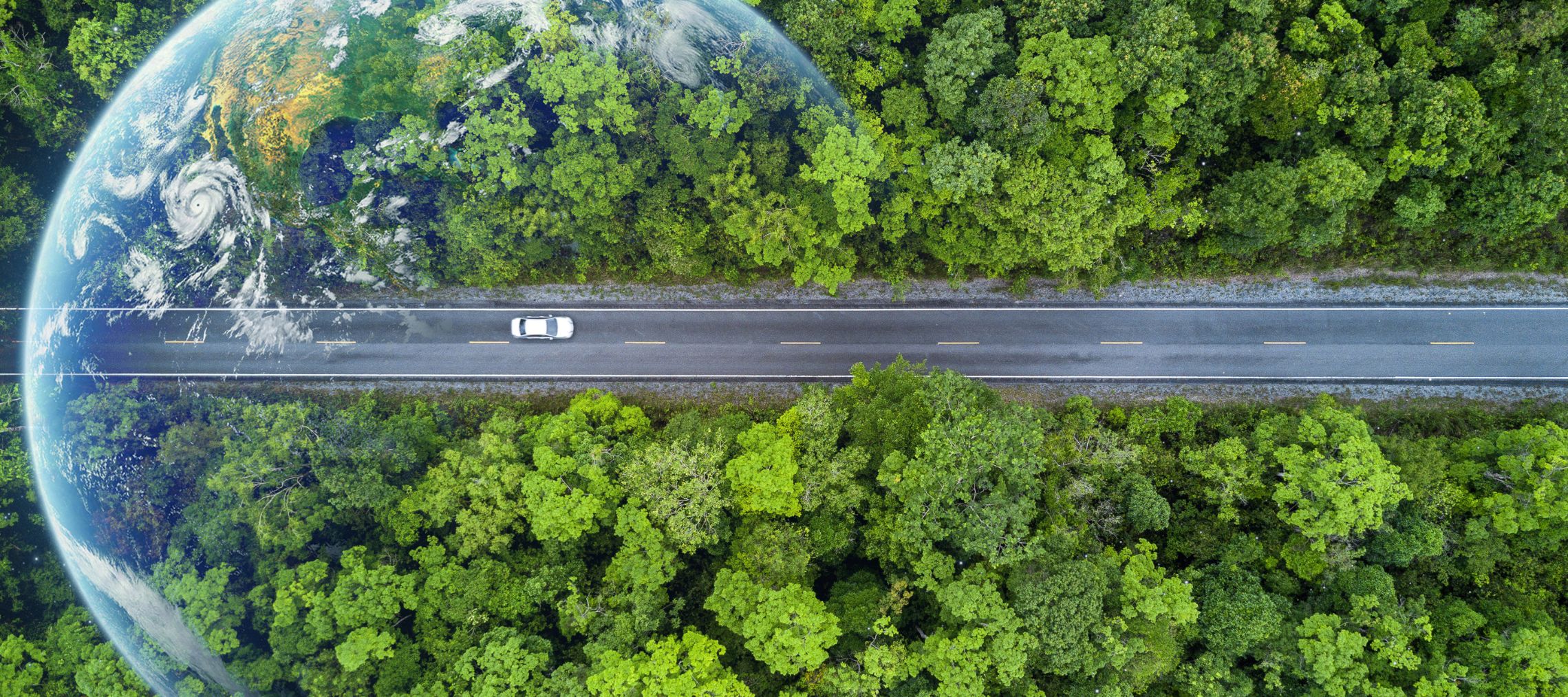
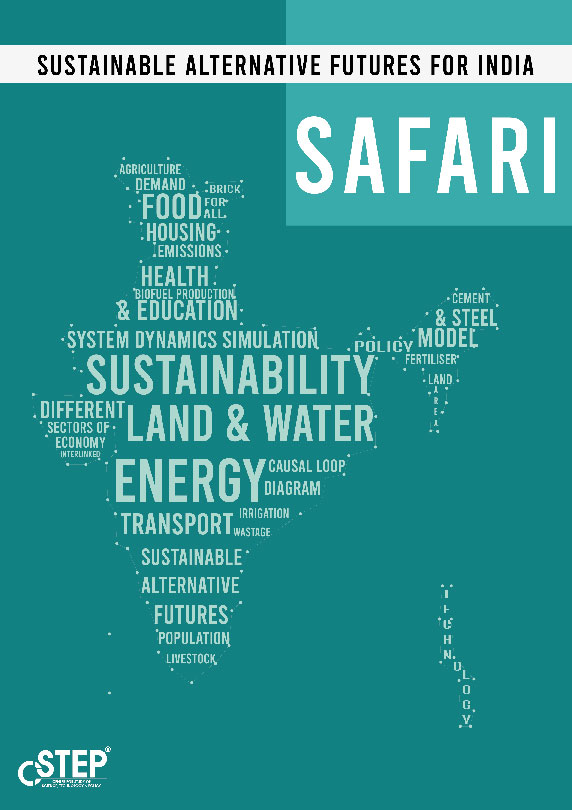
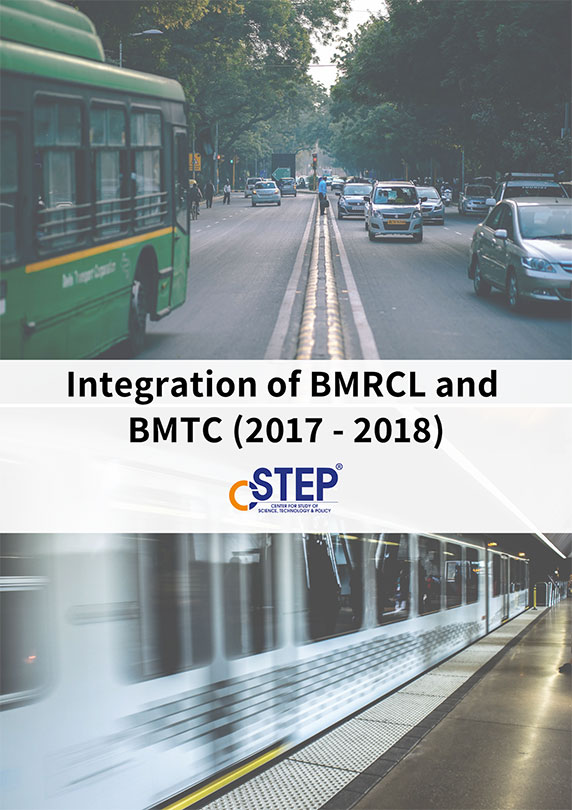
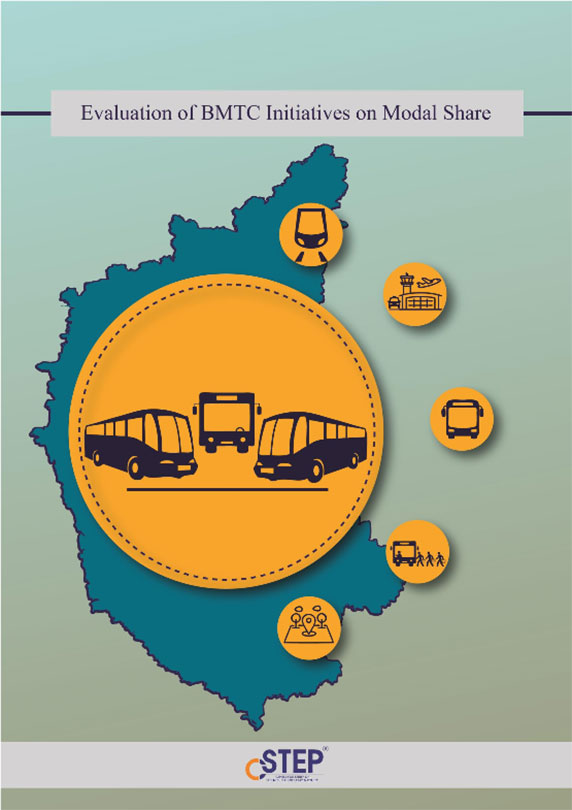
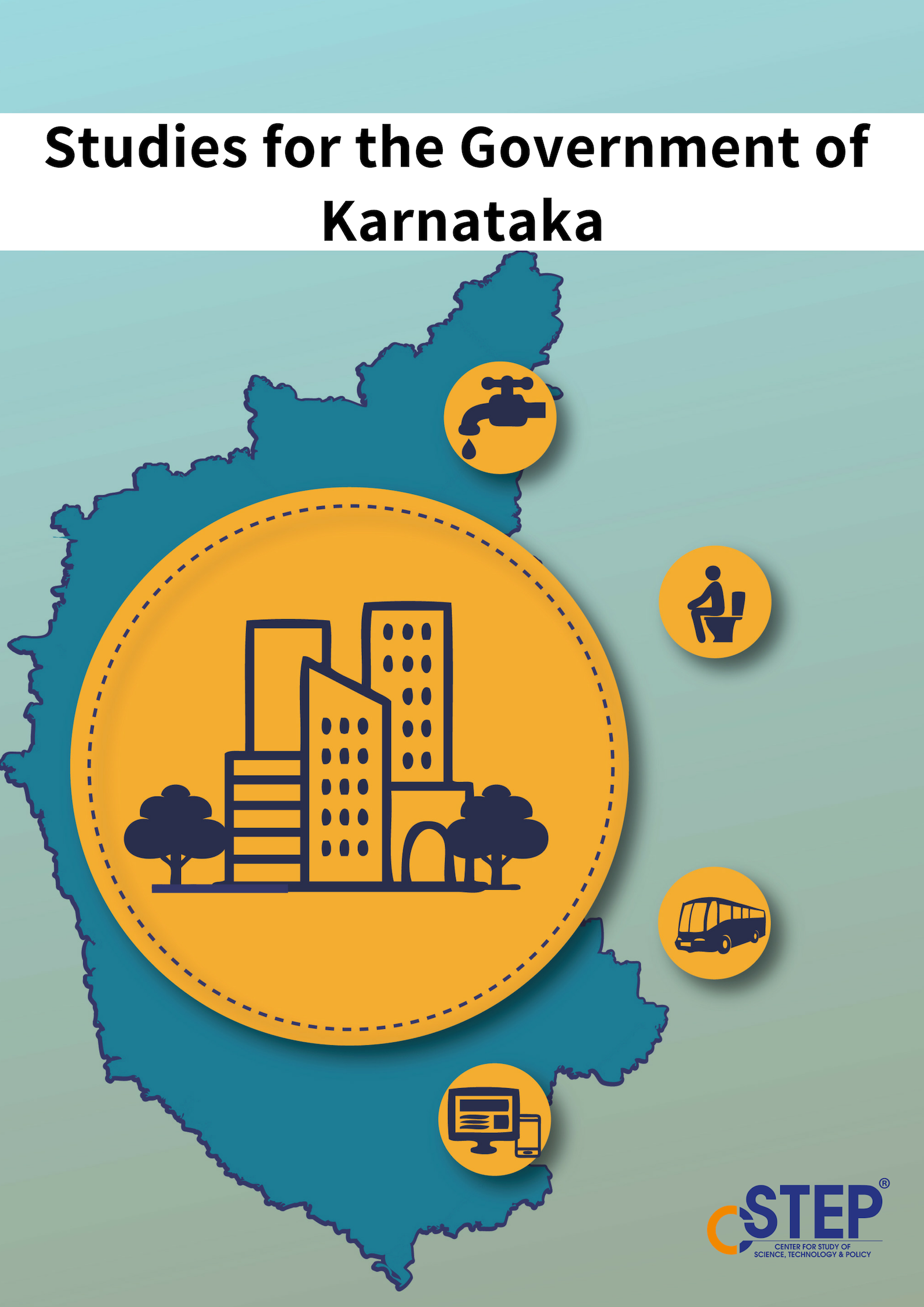

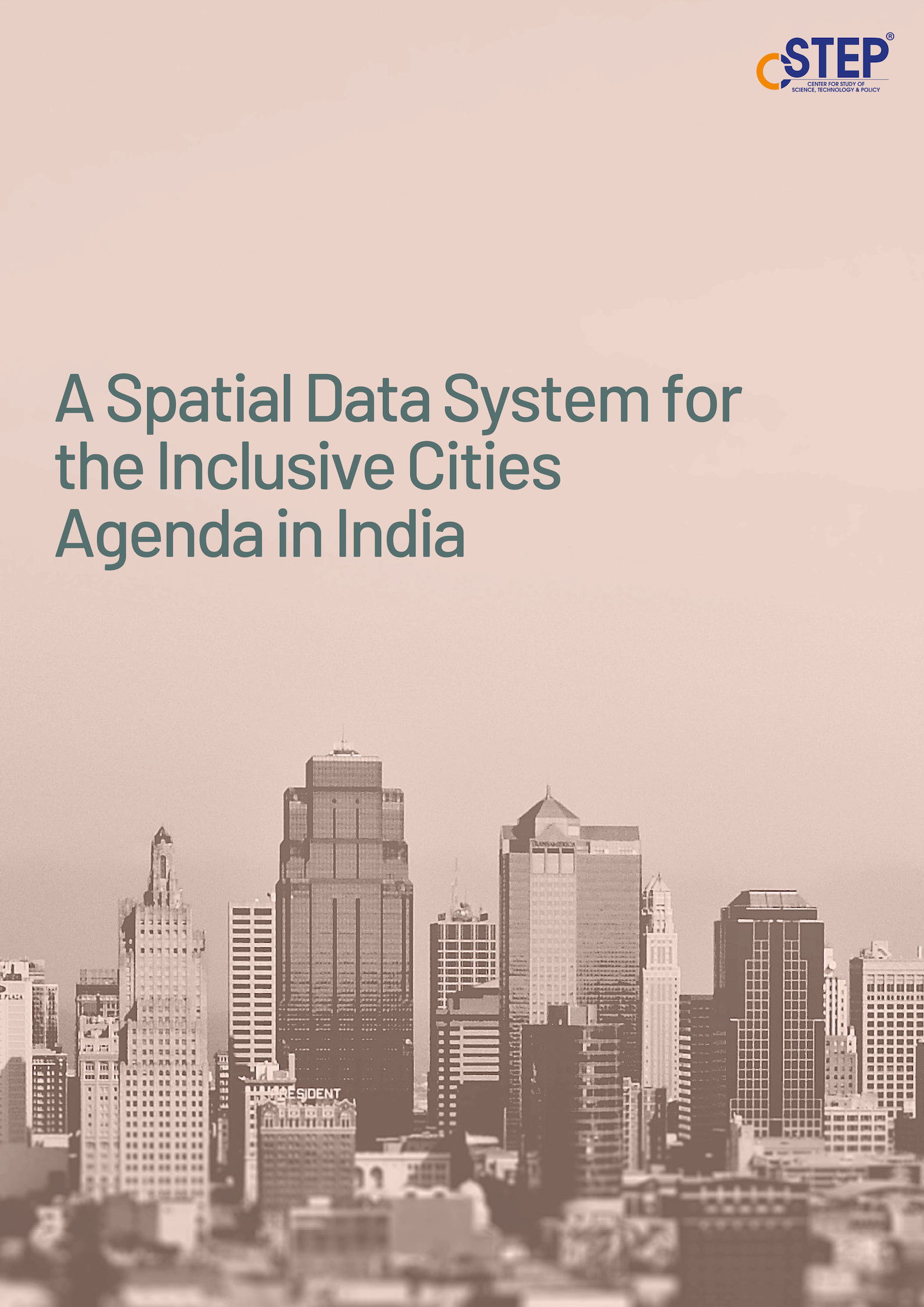
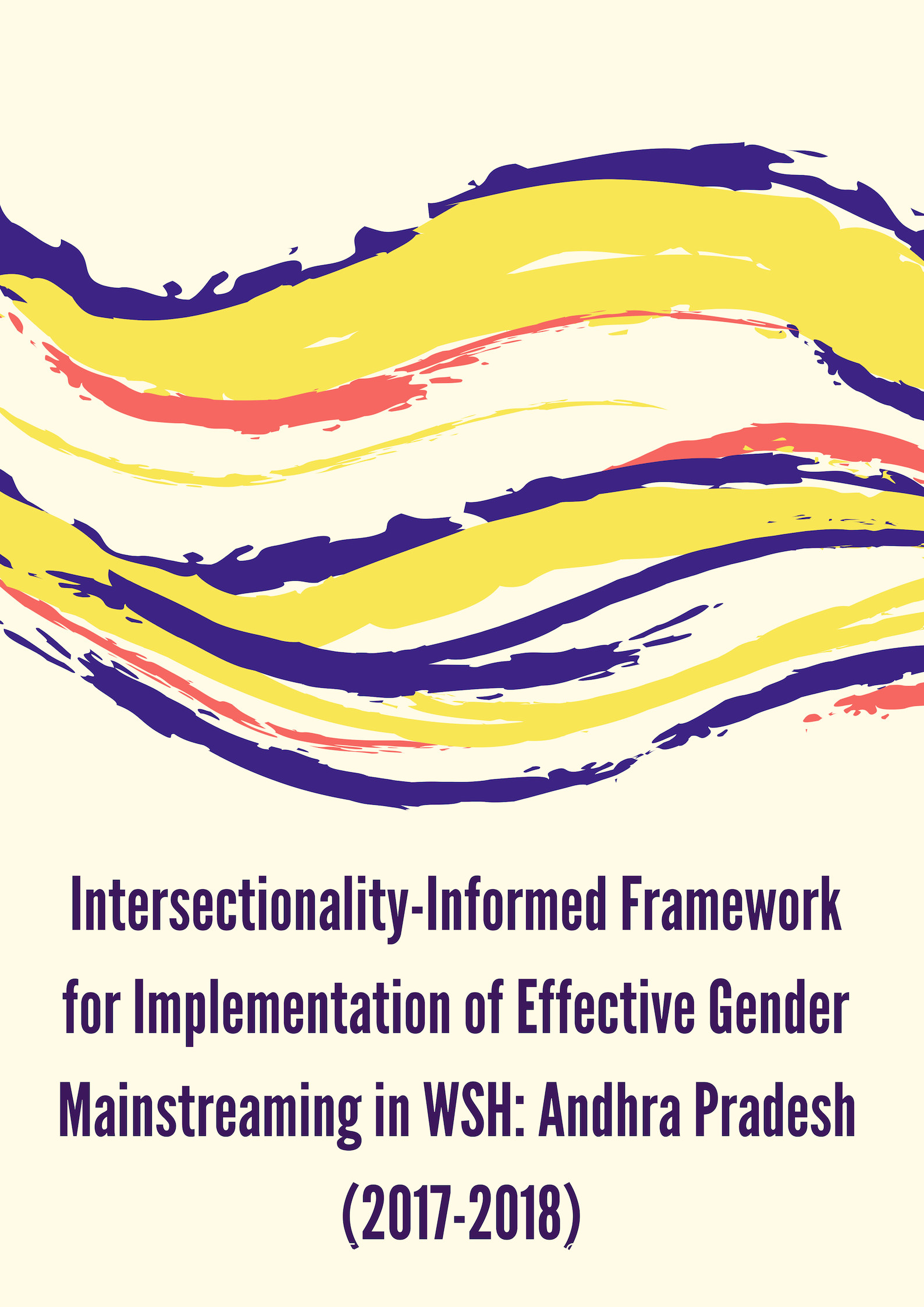
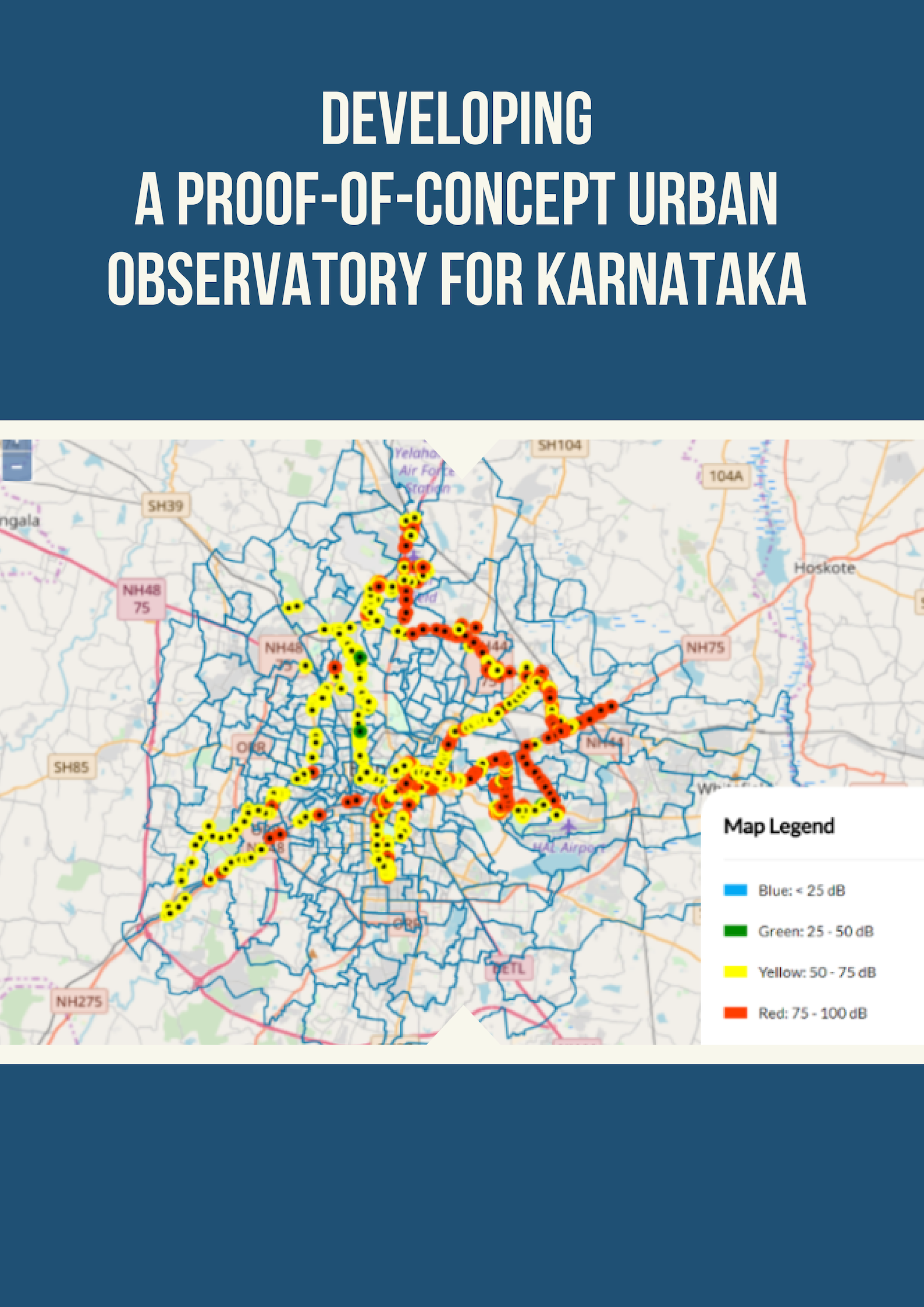
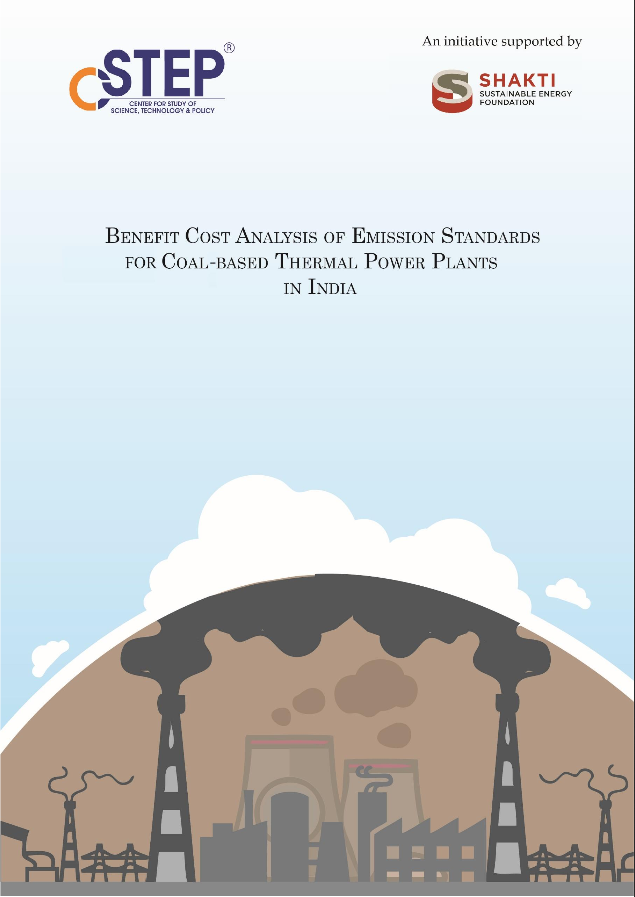


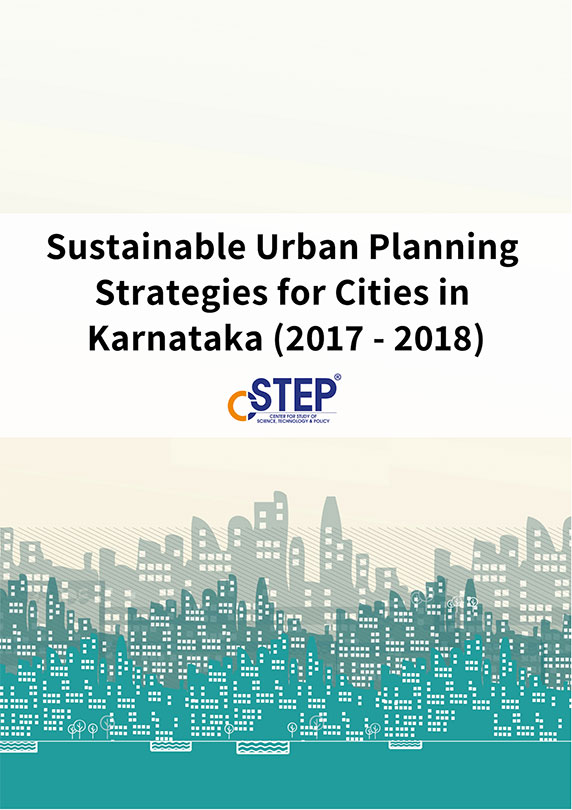



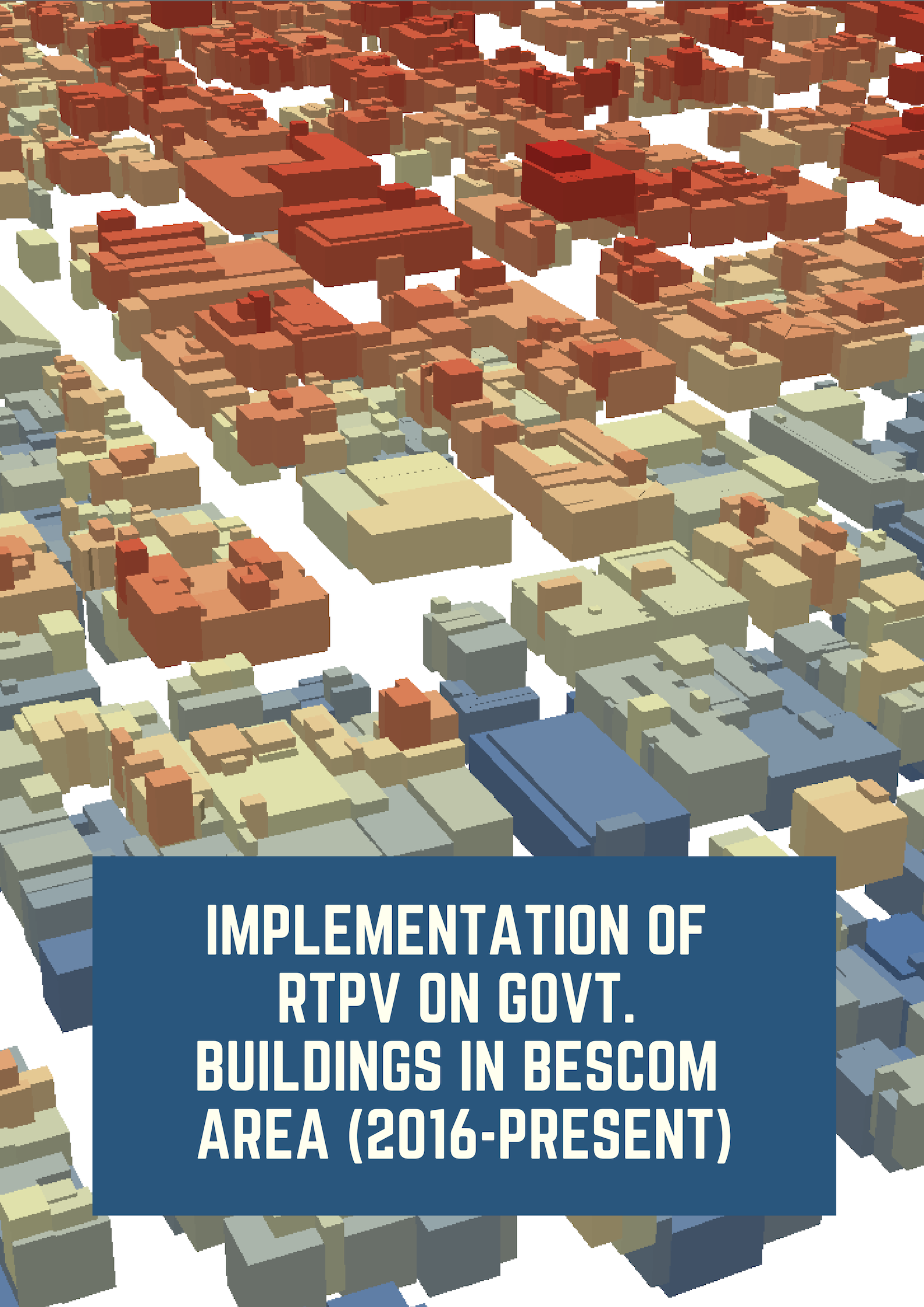
Skipped Sources: From Tyres to Brakes
Air pollution from the transport sector is one of the major challenges plaguing cities worldwide. Pollution from the sector is generally assumed to be from tailpipe emissions from vehicles. However, emerging evidence shows that non-exhaust emissions (NEEs) from vehicles also produce a significant quantity of tiny and toxic particulate pollutants. These pollutants can deteriorate the air quality and cause adverse health impacts.
Geospatial Tools for Ecosystem Restoration
India has initiated several schemes to promote ecosystem restoration. These include restoring 26 million hectares of degraded lands by 2030, conserving 157 wetlands, and restoring around 2,228 waterbodies. These conservation spaces have been identified using geospatial tools, which are emerging as the best bet for informed decision-making.
Reclaim and Restore Our Lands
This year’s World Environment Day urges us to heal our ecosystems — geographic areas where organisms live in conjunction with the surrounding environment, interacting as a system (like marine-ecosystem, forests, grasslands, and wetlands) — through a pledge to “Reimagine. Recreate. Restore.” It also kicks off the UN Decade on Ecosystem Restoration (2021–2030).
Connecting People and Nature
The theme of the International Day for Biological Diversity 2021 is “We’re part of the solution”. This carries forward the momentum generated last year with the theme “Our solutions are in nature”. Nature-based solutions, comprising blue infrastructure such as wetlands, floodplains, rivers, canals, ponds, and water treatment facilities and green infrastructure such as forests, trees, lawns, parks, and fields have gained attention in recent years.
The Right Moves for Environment
The surge in carbon dioxide (CO2) emissions from the transport sector is a growing concern globally, given its enormous impact on environment. According to a report by the International Energy Agency (IEA), about 24% of the global direct CO2 emissions from fuel combustion in 2019, came from the transport sector.
Climate-Resilient Rainfed Agriculture
Changes in the timing and magnitude of rainfall can put a severe strain on agriculture. Additionally, an increase in extreme climate events such as heavy rainfall and dry spells can also affect agriculture. In Karnataka, agriculture is the key contributor to the state’s economy. However, agricultural productivity in the state is hampered by the availability of irrigation (only 31.2% of the land is irrigated) and variability in rainfall distribution.
